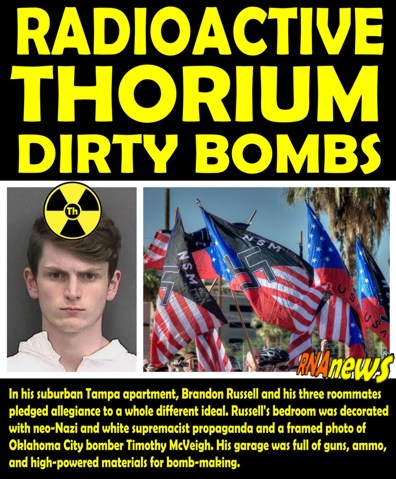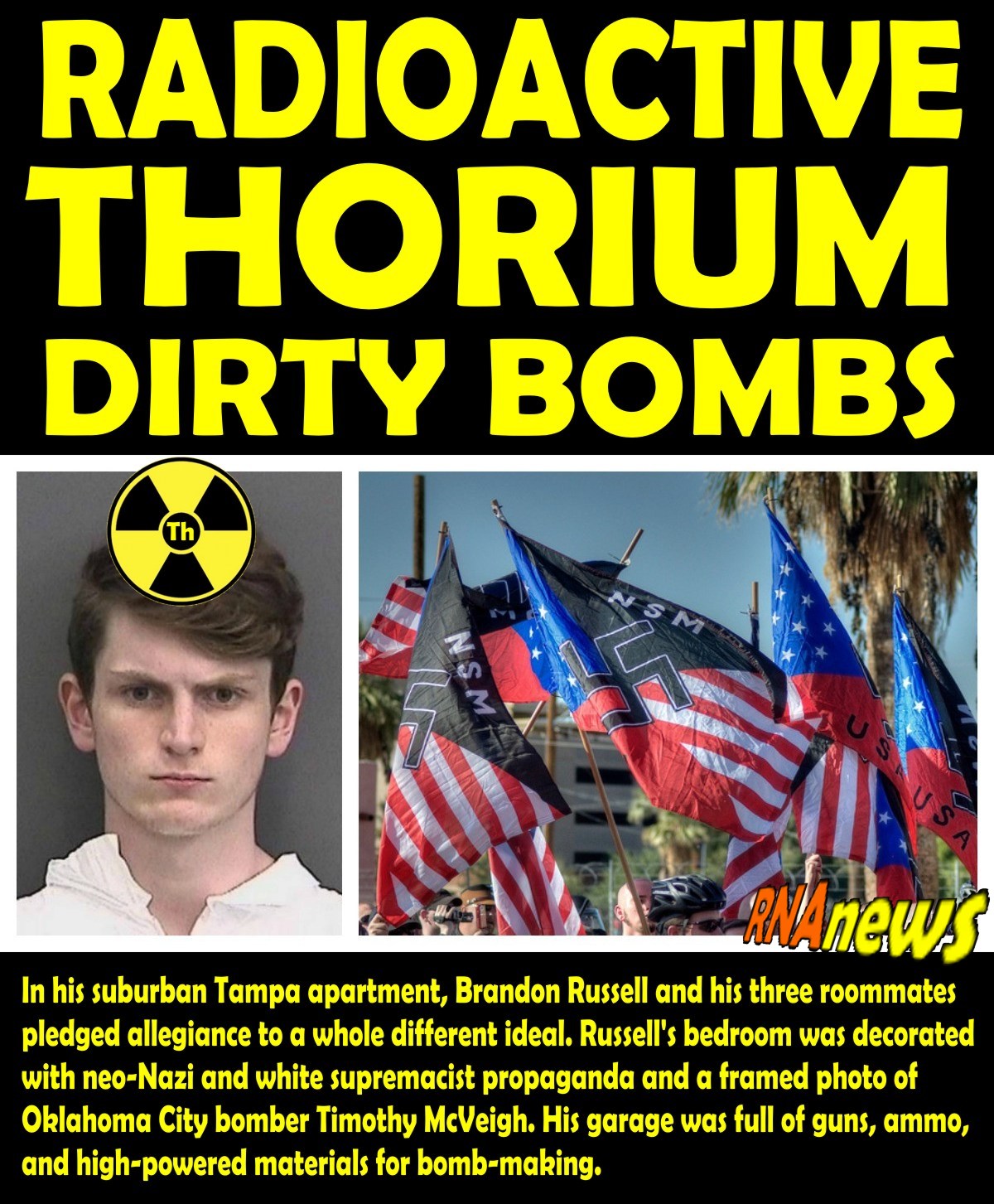—Tales from the Atomic Age—
Paul W. Frame
This story is adapted from the book Alsos, written by Samuel Goudsmit, H. Schuman Inc., New York, 1947. It appeared in the December 1996 issue of the Health Physics Society Newsletter.
In the early 1940s, the U.S. was at war and extraordinary efforts were underway to build an atomic bomb. The government even went so far as to confiscate the uranium oxides used by ceramics manufacturers to produce red/orange glazes. More than a few collectors must have been upset at the disruption in their supply of red dinnerware. Still, sacrifices were required. Similar confiscations occurred in occupied Europe to supply the Nazi A-bomb project, and keeping track of Germany’s atomic research was an allied intelligence effort code-named Alsos (the Greek word for grove, as in General Leslie Groves).
In the fall of 1944, the Alsos team learned that Auer Gesselshaft, a German chemical company involved in securing and processing uranium, had taken over the French company Terres-Rares during Nazi occupation. Ominously, Auer had shipped Terres-Rares’ massive supply of thorium to Germany. That the Germans wanted thorium suggested that their atomic research was further advanced than previously thought. Shortly after Paris was liberated, the Alsos team converged on the Terres-Rares office. They found it empty. Petersen, the Auer company chemist involved in securing the uranium and thorium supplies, had fled the allied advance (in Now It Can Be Told, Leslie Groves gives this man the name Jansen).
Petersen had gone to a town on the French-German border searching for some missing railroad cars carrying the thorium. And, as luck would have it, the area was captured by the allies shortly after Petersen arrived. Alsos had their first prisoner—and a suitcase bulging with documents! Among these was a dossier on a businesswoman who plied the world’s oldest profession sur les rues de Paris. Petersen’s explanation for having the dossier was that the woman had charged him an exorbitant 3000 francs although "in Berlin . . . it is only seven marks and a half per fling." He said he was hoping to contact the proper authorities (whoever they would be) to recover some of his money. When the Alsos investigators took to the streets, they found that all aspects of Petersen’s implausible story proved true. However, the suitcase’s most shocking document revealed that Petersen had recently visited Hechingen, a town rumored to be a center for atomic research. Later it would be learned that the Germans had a lab there with an isotope separation unit and, in a nearby cave, an experimental pile. When the site was eventually captured, a ton and a half of metallic uranium cubes from the pile (likely produced by the Auer company) were found buried in a nearby field. Petersen’s explanation for his trip to Hechingen: he was visiting his mother (no doubt seeking advice on how to recover his 3000 francs). Darn thing was, his mother actually lived there.
Ultimately, Alsos’ hard work paid off and they discovered the true reason why Terres-Rares’ thorium supplies had been confiscated: the Auer Company, recognizing that the end of the war was near, and concerned about the consequent loss of business, concluded that there was no better future for their company than in cosmetics and related consumer products! Radium had already been used in toothpaste (Radiogen), why not use thorium instead? Auer had the patent, and with the thorium in hand they were ready to hit the ground running. They even formulated the following potential advertisement: "Use toothpaste with thorium! Have sparkling, brilliant teeth—radioactive brilliance!"
RELATED from Wikipedia about Alsos Mission:
In December 1943, Groves sent Furman to Britain to discuss the establishment of a London Liaison Office for the Manhattan Project with the British government, and to confer over coordinating the intelligence effort. Lieutenant Commander Eric Welsh, the head of the Norwegian Section of MI6,was unimpressed with Furman's grasp of the subject matter. Groves selected the head of the Manhattan District's security activities, Captain Horace K. Calvert, as head of the London Liaison Office, with the title of Assistant Military Attaché. Working in cooperation with Welsh and Michael Perrin from Tube Alloys, the London Liaison Office consisted of Calvert, Captain George B. Davis, two Women's Army Corps clerks and three CIC agents.
Alsos members Goudsmit, Wardenburg, Welsh and Cecil
The Liaison Office interviewed European refugee scientists and studied German physics journals. It compiled lists of German scientists of interest and possible locations of nuclear research and industrial facilities, and the mining and stockpiling of uranium and thorium ores. Little thorium was available in Germany or German-occupied Europe, and attention soon centered on the mines at Joachimsthal in Sudetenland (the German-annexed part of Czechoslovakia). Aerial reconnaissance was carried out periodically, and production was measured by assessing the size of the piles of tailings.
The interrogation of German prisoners indicated that uranium and thorium were being processed in Germany, mostly at the Auergesellschaft plant at Oranienburg, so Groves arranged for the plant to be bombed on 15 March 1945. Some 612 B-17 Flying Fortresses of the U.S. Eighth Air Force dropped 1,500 tons of high explosive and 178 tons of incendiary bombs on the plant.]

German Experimental Pile - Haigerloch - April 1945 The original caption reads: Dismantling the German experimental nuclear pile at Haigerloch, 50 km S.W of Stuttgart, April 1945. Rupert Cecil nearest camera, 'Bimbo' Norman extreme right, Eric Welsh standing on outer rim, the second man behind Cecil American soldier at upper left is Lieutenant Colonel John Landsdale, Jr., from the Manhattan Project. See Pash (1969)

Members of the Alsos Mission uncover uranium cubes hidden in the field in Haigerloch. Left to right: James A. Lane, unknown, Marte Previti, Harold Brown, Walter A. Parish.
That NAZI-thorium culture still survives today and it is proven by the Facts of chronicle:
Tampa - Florida. Thorium Dirty Bomb and White supremacist - Nazi groups | ALL the Sources.


.jpg)


